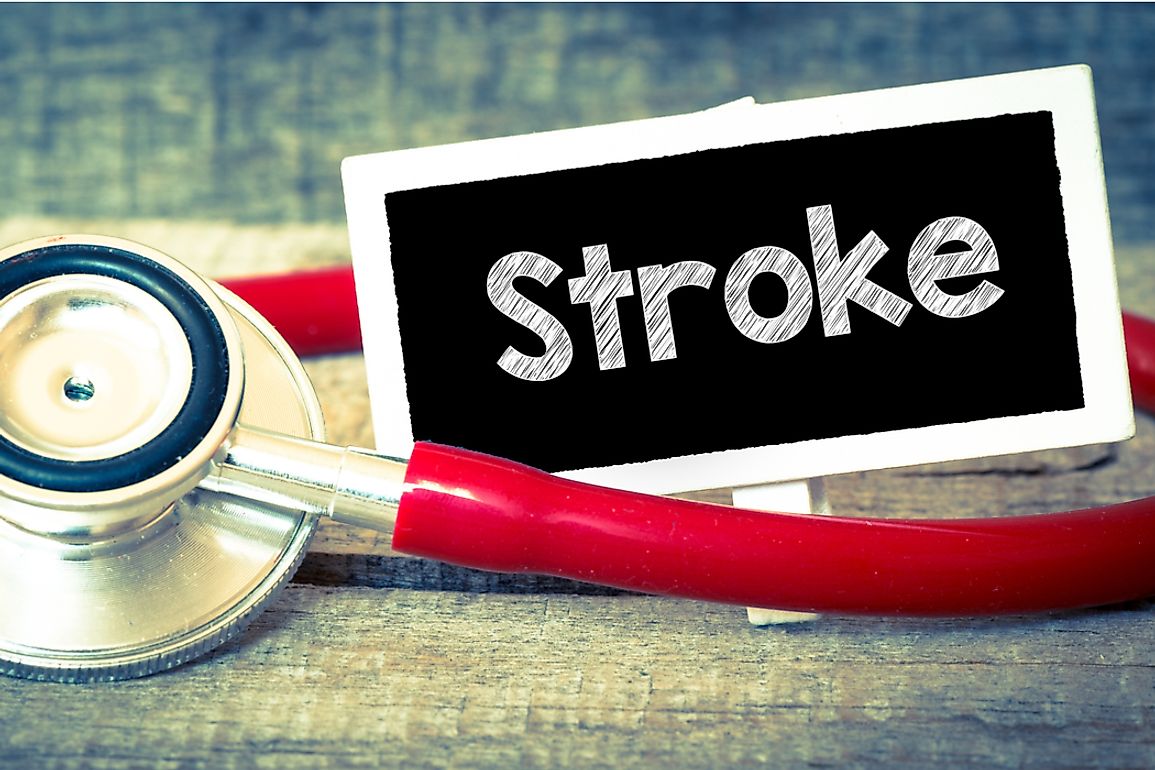Which Region In The US Is Called The Stroke Belt And Why?

A 9-state region in the United States is known as a stroke belt or stroke alley. Public health authorities recognize the stroke belt due to the high prevalence of stroke and cardiovascular diseases reported in the region. The region consists of the states of Alabama, Georgia, South Carolina, Arkansas, Louisiana, Tennessee, North Carolina, Kentucky, and Mississippi. Stroke incidence rates in this region are usually about 18% higher than national averages. The death rate in the stroke belt is also identified as 30% to 40% higher than the national average. The prevalence rate of stroke in low-risk groups such as persons younger than 50 is also higher in this region.
What Is A Stroke?
Stroke is described as a medical condition whereby an inhibited flow of blood to the brain leads to cells dying. The affected region of the brain ceases all normal functions which can cause loss of memory and muscle control. The main categories of stroke are hemorrhagic stroke which results from bleeding and ischemic stroke caused by lack of blood flow. Symptoms of a stroke include dizziness, loss of vision on one side, inability to feel and move parts of the body, and severe headaches.
Causes of the High Stroke Rate in the Stroke Belt
Researchers have found that the region is prone to higher than average rates of cigarette smoking, obesity, and high blood pressure which contribute to an increased risk of death due to cardiovascular diseases and stroke. Other causes of stroke include diabetes mellitus, high blood cholesterol, previous transient ischemic attacks (TIAs), and atrial fibrillation.
Lifestyle
The region overlaps significantly with the Diabetes Belt and is reported to have higher rates of inactivity and obesity. Communities that have occupied the region for generations are also known for their love of fatty and fried foods and slow lifestyle which has a negative impact on their health.
Access to Healthcare
Accessible healthcare can significantly reduce prevalence and death due to stroke. States in the region are less densely populated, and people living in rural areas have fewer hospitals leading to limitations of access to health care. Limited access to health care in the region makes early detection, regular blood pressure checks, diagnosis, and preventative treatment extremely challenging hence increasing the risk of death due to stroke.
Smoking and Ethnicity
The stroke belt is comprised of tobacco-producing states which make smoking and related unhealthy behaviors widespread in the region. Research has found that the region has a higher percentage of Hispanics and African Americans who have higher stroke risks compared to Caucasians. Researches have however not been able to identify ethnicity-specific risks with some scientists attributing the phenomenon to economic factors. Research from the Centers for Disease Control and Prevention (CDC) has also found that Caucasians within the Stroke Belt's ‘Buckle' are twice as likely to die from a stroke compared to other ethnicities which make the race as a factor in the region questionable.
Raising Awareness
Researchers have confirmed that residence in the region does not mean that one is going to suffer from stroke and other cardiovascular diseases. One can still enjoy southern culture without succumbing to stoke. Early detection, a personalized prevention plan, and avoiding unhealthy cultural habits such as smoking is advised to help control prevalence in the region.











